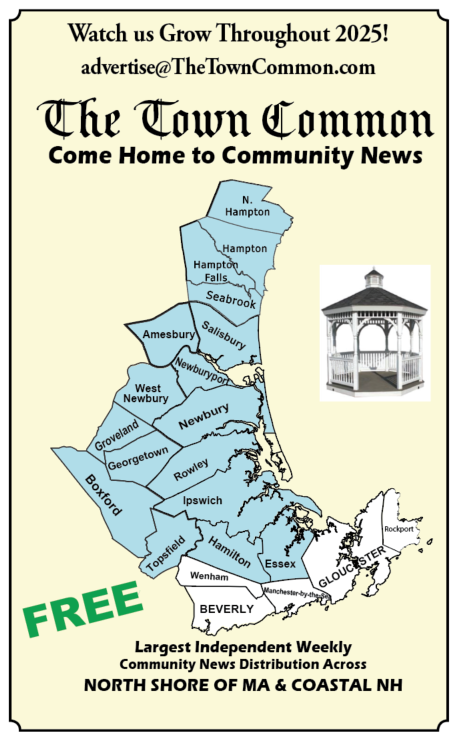REGIONAL – Local governments have less than four months to comply with Section 3A of the state Zoning Act, which mandates communities to create new zoning for multi-family housing in hopes of stemming the shortage of affordable housing in eastern Massachusetts.
Here is a look at how Rowley and Newburyport are progressing with their plans.
The town of Rowley, which voted down proposals last spring that would have complied, moved a few steps closer last week to avoiding the wrath of the state. Failure to comply will cost the towns and cities significant funds and could result in a law suit by the attorney general.
After evaluating more than a dozen proposals, Rowley’s zoning review committee (ZRC) decided last month on a new MBTA zoning plan it can live with. Rowley must zone 40 acres for 601 new units, of which 20 percent of the area, roughly 120 units on 8 acres, has to be a half mile of the train station.
There is, however, no requirement for the town to build these units. That Is up to private developers, which will submit development plans.
Rowley’s plan, which has not been approved yet, would create an area of about 10 acres near the train station, using Rowley Housing Authority land on Depot Way and an adjacent parcel off Deerfield Lane. Another 32 acres at Rowley Farms would be a proposed mixed-use development off Daniels and Dodge roads.
These proposals would allow the Rowley Planning Board and Zoning Commission to maintain more control over potential developments.
In Newburyport, the city’s existing 40R Smart Growth District surrounding the MBTA Commuter Rail Station will largely satisfy a substantial portion of the requirement that Newburyport adopt zoning in order to accommodate 1,292 housing units.
The existing 40R Smart Growth District is anticipated to provide Newburyport with a “credit” with the state of 700 units, the remaining unit capacity required of Newburyport outside this area is reduced to 592 housing units.
City officials are exploring options for zoning district mapping and overall compliance with the MBTA Communities guidelines. Generally speaking the City is considering whether to satisfy the MBTA multifamily housing requirements through an expansion of the existing 40R District, a new District in the vicinity of Storey Avenue and Low Street, or a combination of the two.
This area is undergoing a separate effort referred to the Storey Ave. Mixed Use Village Center Rezoning. The city could turn underutilized and inhospitable parking lots in the shopping centers and other parcels along Storey Ave and Low Street, near Interstate 95 into multi-family and mixed-use developments that help transform the gateway to the city over many decades into a more walkable neighborhood.



